Los Angeles-based Owen Kydd pushes the limits of cameras and screens
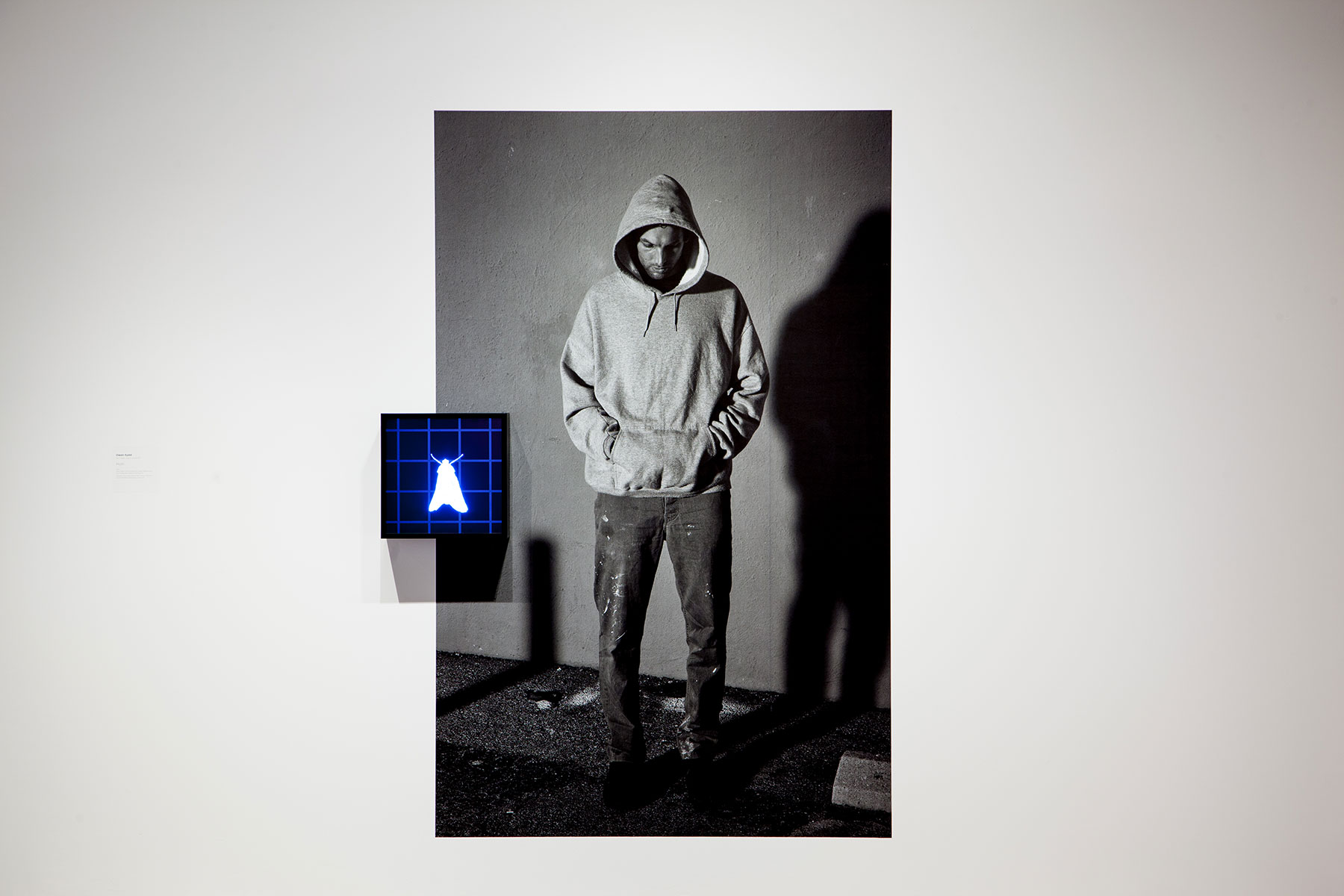
Writer Alison Cooley spoke with Owen Kydd earlier this fall, before the opening of the 2015 AIMIA | AGO Photography Prize Exhibition. Kydd was one of the four nominees for this year’s prize.
“I want my work to be anti-snapshot,” Owen Kydd tells me inside the 2015 AIMIA | AGO shortlist exhibition. I’ve just managed to catch the rupture in one of his durational video works — the moment where the looping video starts from the beginning— and I exclaim with a kind of excitement and joy. Kydd is less enthusiastic: “that’s what so much bad video art has been about,” he tells me. “You’re waiting for something to change, or some big reveal. That’s not how it should be. There should be no decisive moment. It should be exactly the opposite.”
After many years in Vancouver, including the pursuit of a BFA at Simon Fraser University and period spent working as a studio assistant for Jeff Wall, the Calgary-born artist moved to Los Angeles in 2010, where he has since felt his practice shift amid developments in technology, the realities of working in a new climate, and the subtle differences in consumer culture that Los Angeles represents.
While Kydd is generally known for his works that straddle video and photography, and interrogate the picture’s ability to represent time, his more recent works explore a different relationship to time. Rather than tracking an image’s slow progress, contoured by shifts in light and movement, his works in the AIMIA exhibition confuse a kind of static time. In these works, narratives in-progress are fractured by the presence of simultaneous still images within the same frame, marked with the traces both of Photoshop, and of deliberate staging.
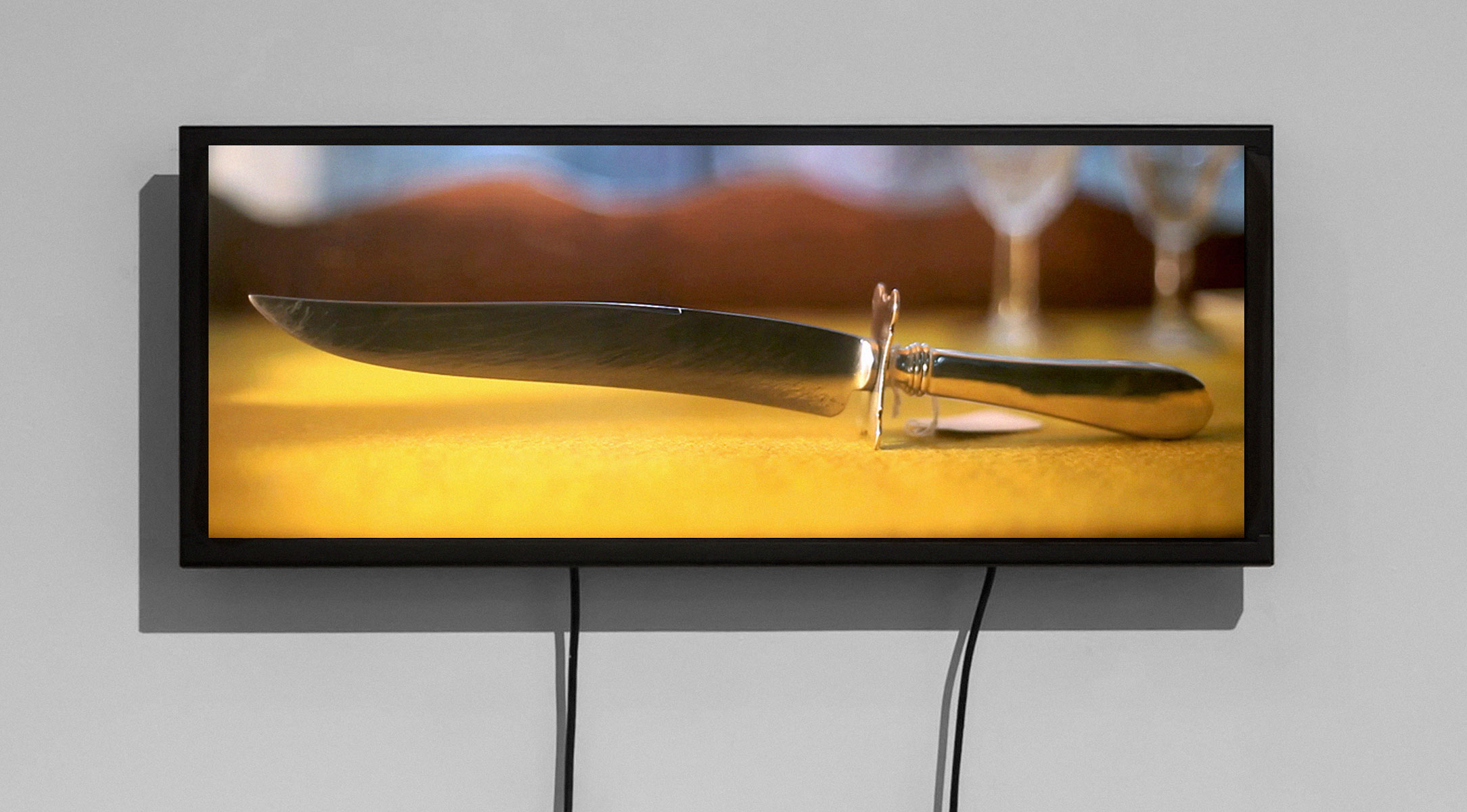
Alison Cooley (AC): I didn’t particularly want to start with this, but it does seem that in many interviews I’ve seen with you, people begin with the “durational photograph” and want to talk about what that is. But, I feel like that’s something that has to be dealt with.
Owen Kydd (OK): It was a way of describing the sort of un-cinematic work that I was trying to do. It was a way of setting a term so that I didn’t have to deal with cinema theory. But, I think it belongs to a certain point in my practice and I think that, especially with this show, I’ve moved more into what you would traditionally call animation. Obviously, they are still photographs. It’s still still photography.
AC: The fact that we’ve reached this moment where everyone has the capacity to make vines or gifs — that video right now of a non-narrative type is fairly ubiquitous — I wonder if that makes people more ready for this type of work?
OK: Yeah, I think you’re right. I think that’s exactly what it is. The technology has sort of caught up with that impetus, and people are able to think about the world in motion in a way that they didn’t before. Because people think about the world through their machines. They always have, so if the machine captures motion, then they’ll process things that way. But, probably as a result, it’s caused me to move and split in my practice, or my direction.
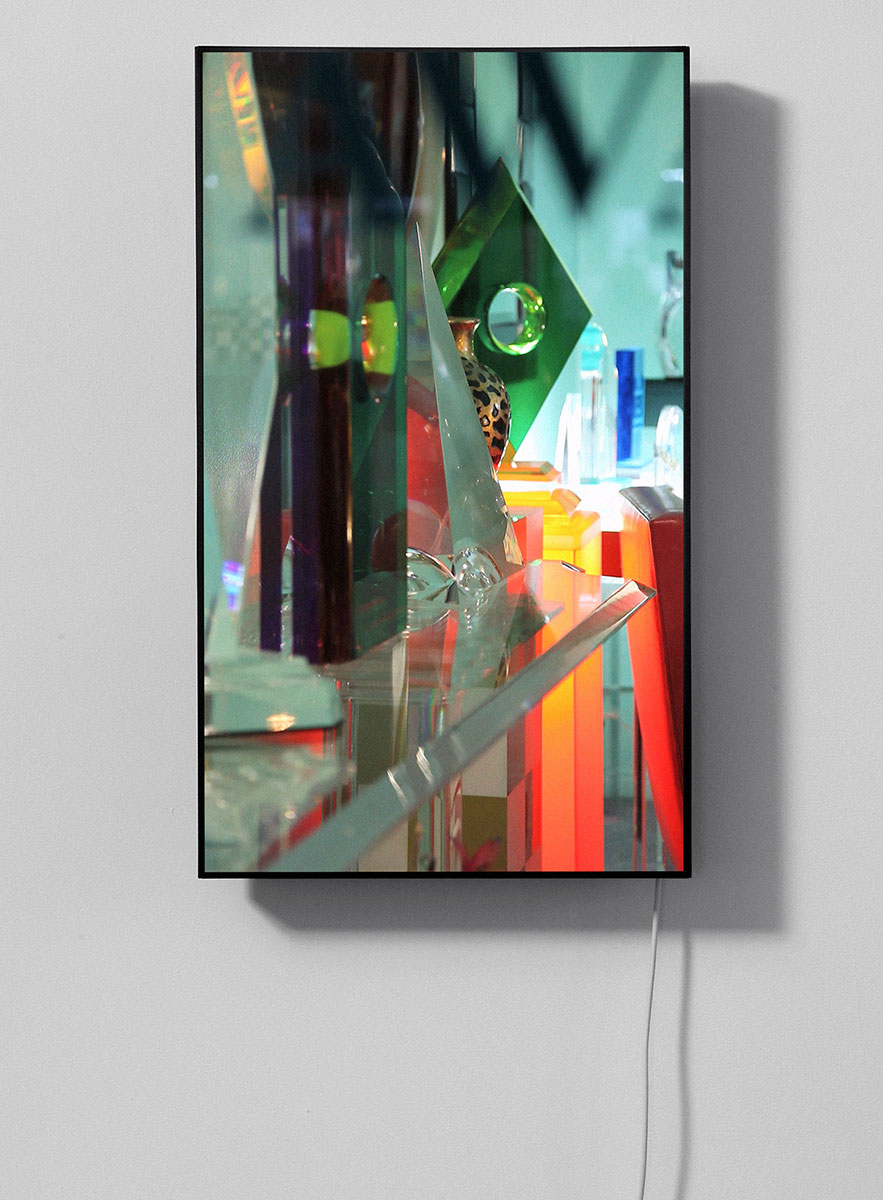
AC: You talk about your practice as un-cinematic, but it strikes me that there are a number of images in this show that are quite narrative. They’re much larger works, and they evoke cinema in the sense of being constructed or staged in order to produce a situation.
OK: Yes, there is an element of that. But in the case of The Boss (2015), the figure is given a studio filter or a Photoshop filter — it’s a healing brush that blends two frames. I was thinking a lot about studio time, and how people are introducing Photoshop into composition, but primarily they’ve been dealing with the body, or with gesture and the relationship between the hand and the image.
I think that’s in work like this, too, but I also like thinking about the way that the healing brush and a lot of the tools in Photoshop, actually have a duration. They have a time signature, and so, in a sense, it’s two frames of a photograph. It’s the most basic kind of image you could represent, and at the same time it’s a moment in the studio, where things are being transferred.
It records the tool as a moment in time. Everything that I do is centred around temporal experience and temporal markers. So, that’s just another facet of that. I’m obviously obsessed with it.
AC: Something that’s sort of absent from this show is that many of your previous durational photos are of storefronts, or of specific locations that have a bit of an eeriness to them.
OK: I didn’t include that so much in this one. I’m trying to leave that at the door, although I do find that kind of work valuable.
Especially in picturing Los Angeles, it’s particularly appropriate. All cities have storefronts that are composed, but I think many of LA’s have seemingly been there for years without being touched, and they aren’t necessarily intended for a pedestrian audience. They’re just really random types of objects and stores that appear on those long roads in LA. They’re often lit at night and are sort of noir-like. There’s a sense that they’re Atget-like, or that they allude to a particular lineage of photography.
The storefront is a trope in photography and so, when I started, I was thinking about performing photography through video, and so the storefront was a natural starting place. Plus, it was a great subject to capture secondary or tertiary movements. Like, headlights and atmosphere shifts, and stuff like that. There was also an interesting corollary between the screen and the window.
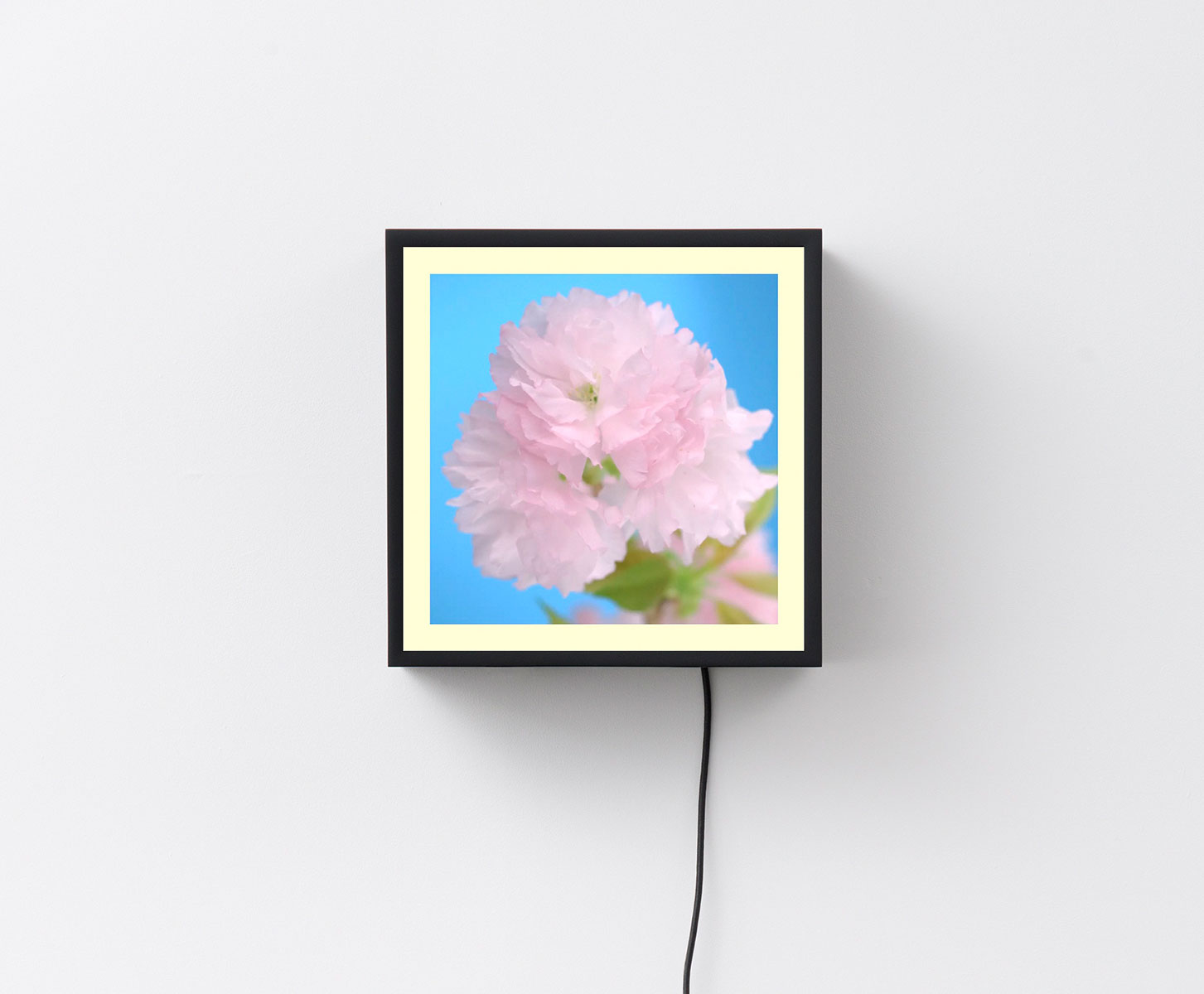
AC: Often in your work, the reflective surface and the quality of light changing are the things that tip someone off to the fact that it’s a video work, right? Because, many of them look like straight photos. When you’re working with knives — like in Knife (J.G.), 2011 — or with acrylics, as in Pico Storefronts (2011), the reflectiveness gives it away.
OK: I chose those reflections and those reflective surfaces because they had that analogous relationship with the screen. I often work in experiments, and I thought creating a control variable between the materials would reveal something more, and create maybe a dialectic that could open up an avenue to think about video and picturing and all that stuff.
AC: So that the window or the reflective surface is a a method of picturing, just like a camera is a method of picturing. Do you think about it as an examination of technology?
OK: Exactly. For example, in this work, Composition Warner Studio (on Green) (2012), there’s a black bag on the green wall here. I love thinking about plastic, still-life, trompe l’oeil. But, if you think about the traditional trompe l’oeil, it always involved organic material and, I think with video and data, it’s also valuable to think about the types of materials that you’re recording, in relationship to the technology.
Plastic has this inevitability. It’s perpetual. It’s going to be around longer than we can even conceive of on a human scale. So, why not try to capture that with the same materials and systems that it’s made up of?
The other thing is, in LA, you have to deal with constant sunlight. As a photographer, it’s really hard to take pictures in LA, because it’s ubiquitous and high-contrast is always an issue, even with digital cameras. It’s always kind of tricky: you have to have shades or shoot at dusk — that sort of stuff.
Colour and sunlight are always in a seemingly more direct relationship than they are in places like Vancouver, where you always have soft blacks and diffuse light and you see everything.
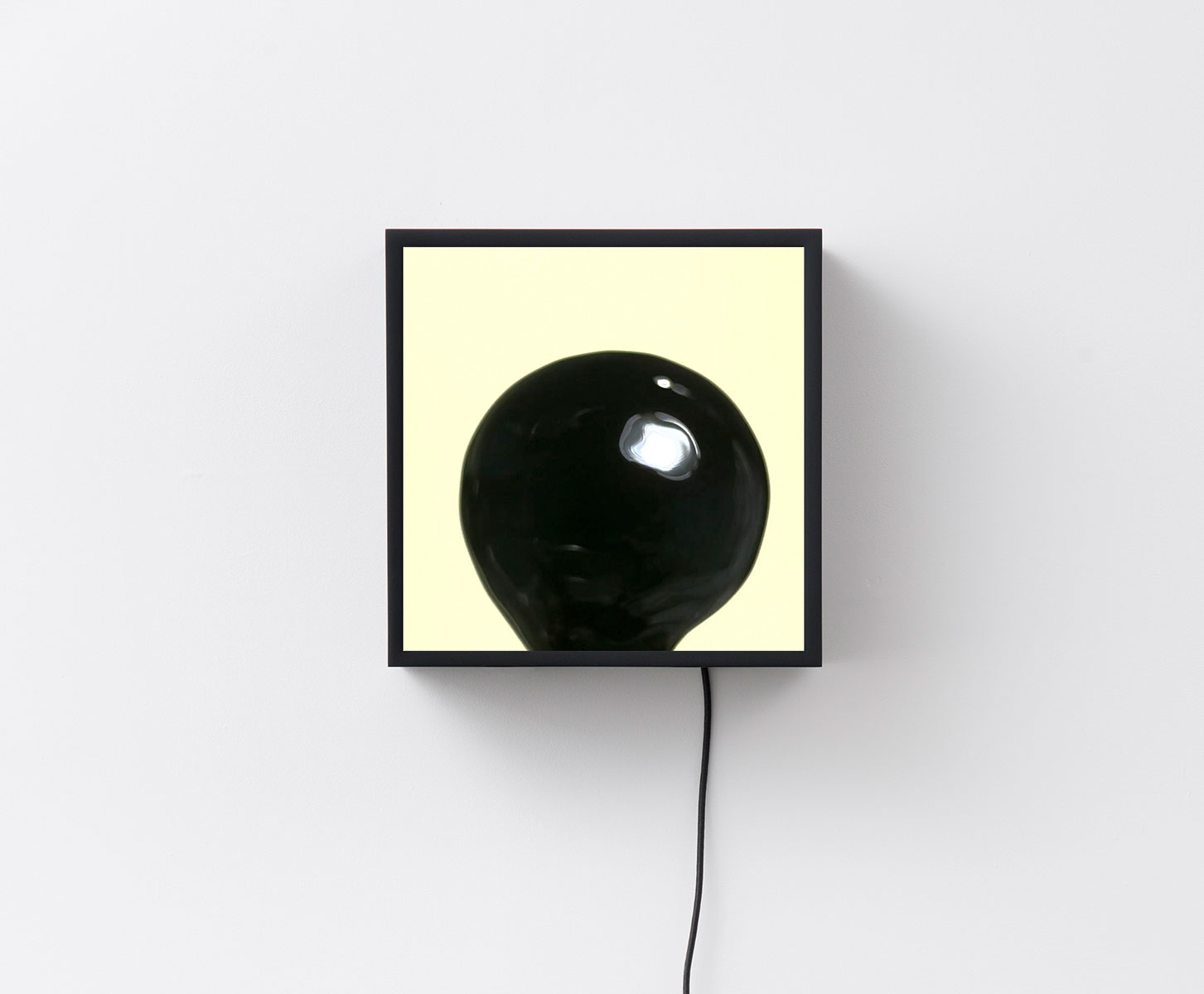
AC: I want to talk about Untitled (ground) (2015), which, as far as I can tell, is an image of light shining on the pavement. What’s going on in this work?
OK: It’s technically two still photographs that have been animated, so it technically doesn’t start with video.
It’s an animated image. It’s the same piece of ground, shot twice, once in the sunlight and once with a shade held up over top of it, and then this is just cut out and formed in after-effects. And, hopefully, it looks like a clearing in the trees.
AC: There’s the story that Aristotle poked a hole in a leaf and that was the first camera.
OK: The first photograph to be witnessed, anyway. It’s always interesting to think about this natural aperature versus this highly unnatural place of the computer and the after-effects program. That’s what lead me to think about this work.
In some way, as well, many of these works are focused on the round form with the square frame. On the screens I had been working with, I was never really able to deal with round objects, since they were widescreen format, which always read as TV-like.
Now, I’ve been working with these screens that are always square, and the format changes the relationship to the image.
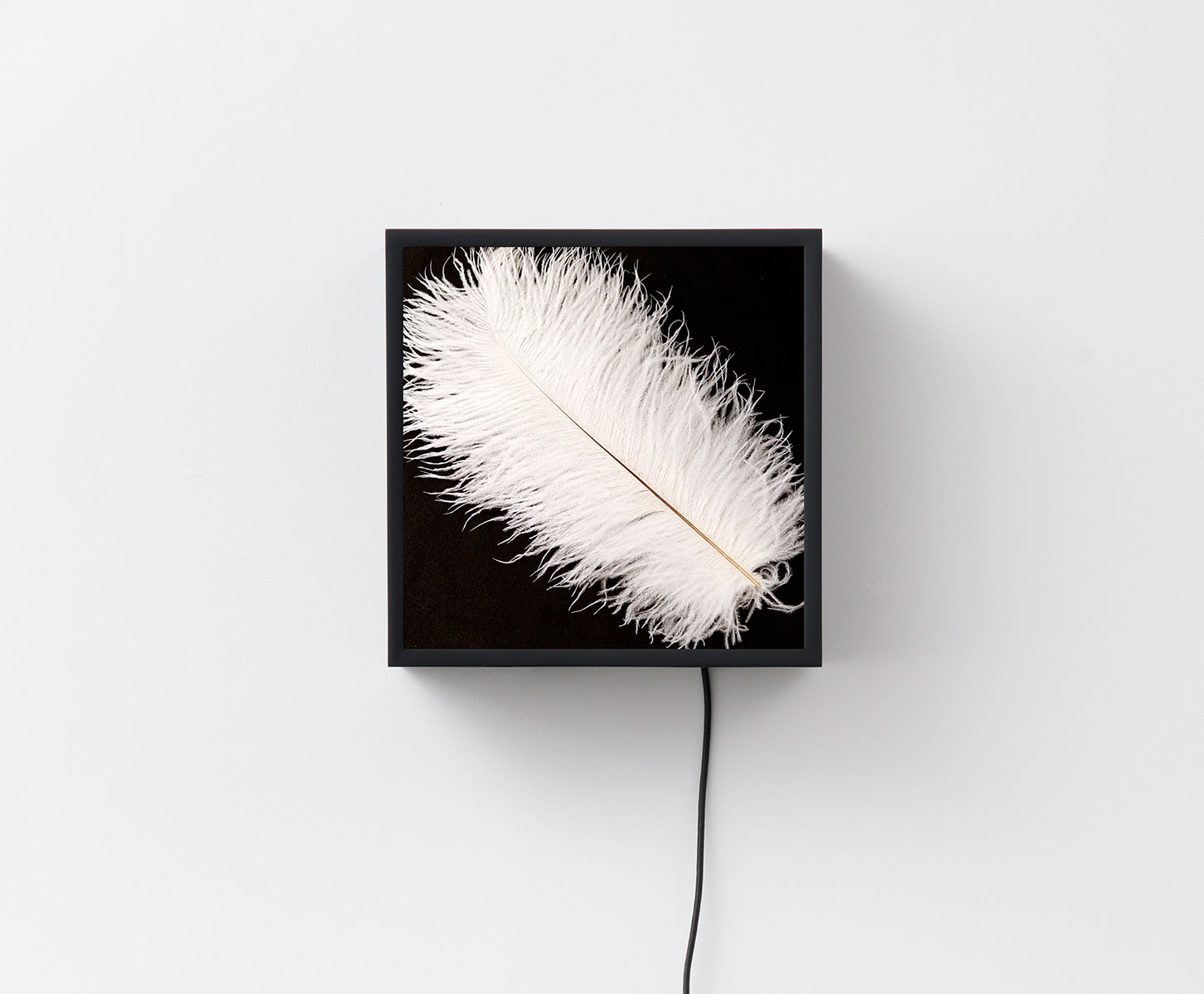
AC: Images like these ones, which were specifically enabled by this new square screen, they seem to gesture at our increasing interaction with the digital is actually changing our perception. I’m wondering if you feel a responsibility of an inclination to make an argument in your work about how the digital is changing the way we understand the world? Or if, perhaps, it’s more of a conceptual experiment?
OK: I’ve spent a fair amount of time with video, thinking about the relationship between the viewer and the screen, as being a place where images can exist, but also create a new topology and a new space. I think any more that I do in still form, on the wall, exists within those same considerations and is part of the same conversation that I’m continuing to engage with.
So, I would say that this is directly tied to the screen, as I would conceive of it. It is something that we’re all involved in.
I think, within digital technology, I might narrow that down more to the screen — not even the computer so much, not even the phone — just the fact that there’s an object that emits an image that we can approach and walk away from. That we can turn off and on. But, this still holds the tension of a picture. It still has the possibility of a modern type of idea of picture making. It’s just about what we do with it.
AC: That relationship to the screen seems a little bit more pliable in your work than in, say, Hito Steyerl’s work, who you are right next to in this exhibition.
OK: Yes, we’re opposites in that sense. But, we are both thinking about re-purposing technology, just from opposite ends. And, I think the goal is sometimes the same: we’re trying to imagine these machines used in different ways. My main goal would be to think about photography and picture-making in a more narrow place, but I think I am still trying to move things along, and create different uses for cameras and screens. That should be the goal of what we do, all of us. We should fuck with machines. That’s our responsibility: to re-imagine things.
Alison Cooley is a writer, curator, and educator based in Toronto. Her work deals with the intersection of natural history and visual culture, socially engaged artistic practice, craft histories, and experiential modes of art criticism. She is the 2014 co-recipient of the Middlebrook Prize for Young Curators, and her critical writing has appeared in FUSE, Canadian Art and KAPSULA, among others. She is also the host and producer of What It Looks Like, a podcast about art in Canada.



